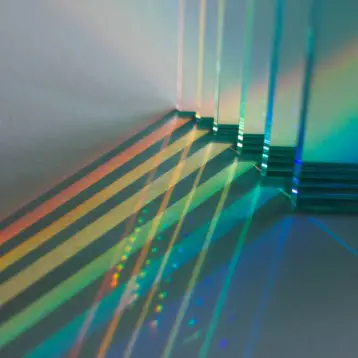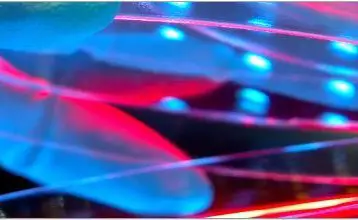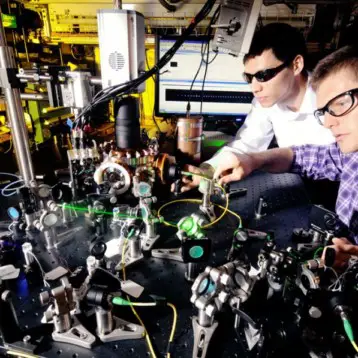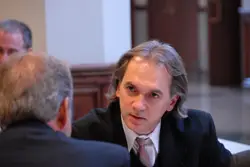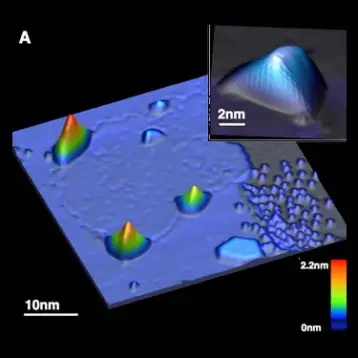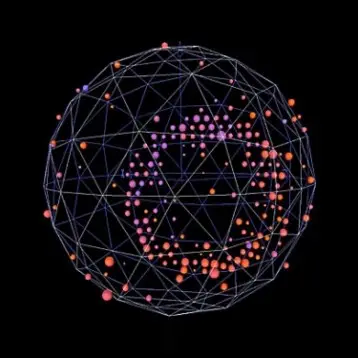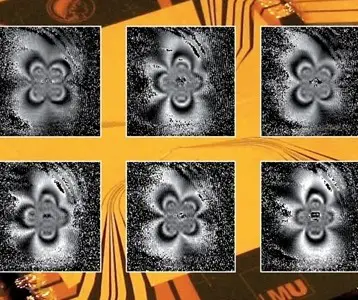The Dark Energy Survey (DES) collaboration involves over 100 scientists from the US, UK, Spain, and Brazil. The goal of DES is to map 300 million galaxies using the Blanco 4-meter telescope; this is a large telescope with new advanced optics, at Chile’s Cerro Tololo Inter-American Observatory. In order to complete the DES camera assembly, the pieces of glass have been shipped from the US to France, where they will be shaped and polished into their final form. The largest of the five lenses is one meter in diameter, making it one of the largest in the world.
Observations suggest that roughly 4% of the universe is made up from ordinary matter and 22% from dark matter; this leaves 74% unaccounted for – the so-called “dark energy” which scientists claim to be the factor which drives the universe’s accelerating expansion. The vast DES galaxy map will enable the astronomers to measure the dark energy far more precisely than current observations. Professor Ofer Lahav, head of the UCL Astrophysics Group, who also leads the UK DES Consortium, said: “Dark energy is one of the biggest puzzles in the whole of physics, going back to a concept proposed by Einstein 90 years ago. The DES observations will tell us if Einstein was right or if we need a major shift in our understanding of the universe.”
The glass for the five lenses was manufactured in the US before being shipped to France, where the lenses will be polished to a smoothness of one millionth of a centimeter. Unlike normal eye glasses, the task of polishing across such large lenses is far more demanding. “The polishing and assembly of the five DES lenses will be a major technological achievement, producing one of the largest cameras on Earth,” said Dr Peter Doel of the Optical Science Laboratory at UCL. The next phase in the construction of the new telescope is sending the lenses to the Optical Science Laboratory at UCL in London, where they will be assembled into the camera. From there, it will be delivered to the telescope in Chile. The observations will commence in 2011 and will continue until 2016.
The latest milestone was announced by astronomers from UCL and the US Fermilab National Accelerator Laboratory during a conference on optical instrumentation held in Marseille, France. The DES Director, Professor John Peoples of Fermilab, said: “The DES Team is thrilled that this long and technically demanding step in the construction of the camera has begun and we congratulate the STFC for making it possible to meet this milestone on schedule.” Professor John Womersley, the Director of Programmes at STFC, added, “We are delighted that the UK is taking an important role in this innovative project which will help us understand one of the deepest mysteries of the universe.”
TFOT has covered other developments that could help improve our understanding of the universe, such as NASA’s Gamma-ray Large Area Space Telescope, which was successfully launched on June 11, and the Large Hadron Collider, the world’s largest particle accelerator. Other TFOT related stories are the construction of the Thirty-Meter Telescope, and Microsoft’s new web-application, the WorldWide Telescope.
For more information about the DES camera, see the project’s website.

